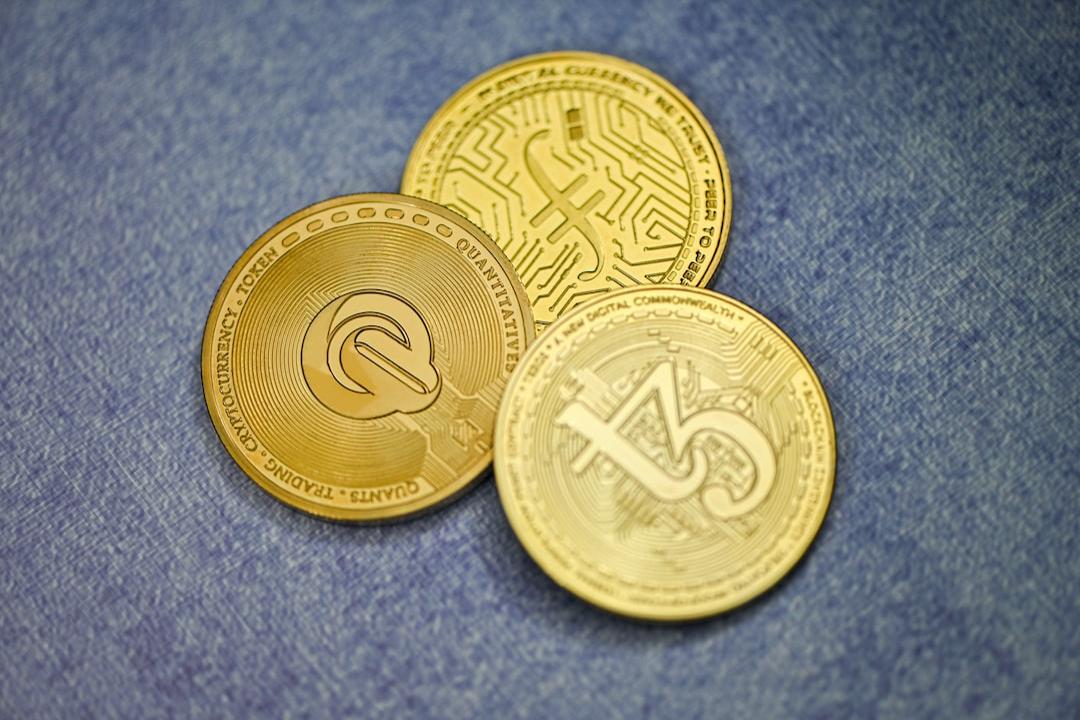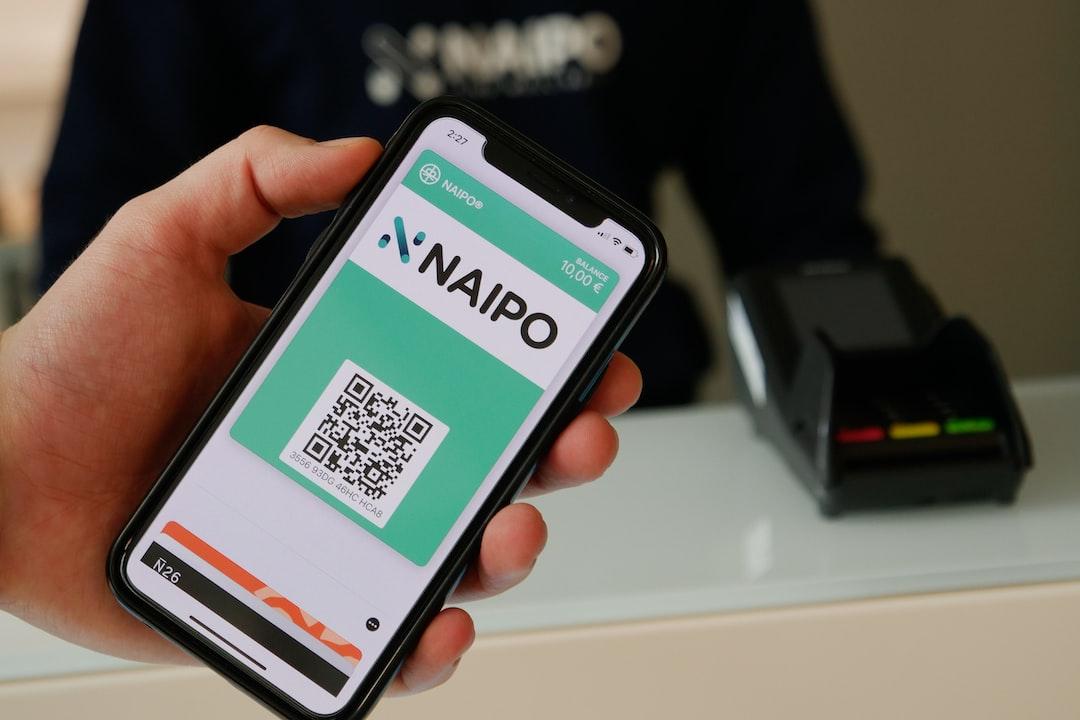The Taiwan Carbon Exchange (TCX), jointly established by the Taiwan Stock Exchange and the National Development Fund, officially launched its international carbon trading platform today. On its first day, a total of 27 companies traded over 88,000 metric tons of carbon credits. This article provides an overview of key issues related to carbon trading and highlights three major trends that combine carbon economy with cryptocurrency.
The TCX, with an initial capital of 1 billion NTD, was listed on August 7th this year. Its three main businesses include domestic carbon trading based on the reduction quota defined by the Climate Change Response Act, international carbon trading, and carbon consulting and education services.
After months of preparation, the TCX officially launched its international carbon trading today, December 22nd. According to official information, the first batch of international carbon credits includes seven major projects such as clean water sources, wind power and solar power generation, and biogas power generation. The carbon credits come from Vietnam, India, Mozambique, Uganda, Kenya, Eritrea, and Chile.
The initial price for the first batch of carbon credits ranged from $5 to $15 per metric ton. A total of 27 domestic companies, including 14 financial institutions, as well as companies such as TSMC and UMC, purchased the first batch of international carbon credits.
On the first day, the total trading volume exceeded 88,000 metric tons, with a transaction value of approximately $800,000. Lin Xiuming, the chairman of the Taiwan Carbon Exchange, expressed his hope that the domestic carbon trading platform can be launched in the second half of 2024, marking a new milestone for Taiwan’s journey towards net-zero emissions.
It should be noted that the TCX currently only allows “domestic companies” to purchase international carbon credits through its self-built trading platform. It is not open to the general public, and it has not authorized or commissioned other platform operators or companies to sell its international carbon credits.
In fact, Taiwan has been discussing carbon trading for a long time. Professor Li Jianming from the Institute of Natural Resources and Environmental Management at National Taiwan University described the establishment of the Taiwan Carbon Exchange as the dawn of Taiwan’s efforts to achieve net-zero emissions by 2050. The following sections of the article provide detailed information on what carbon credits are, how trading works, and how blockchain technology can contribute.
Carbon credits refer to the “right to emit carbon” and are usually measured in metric tons of carbon emissions. Through carbon trading, buyers pay sellers to obtain greenhouse gas emission reductions to comply with domestic government carbon regulations or achieve their own annual carbon neutrality goals.
Carbon credits can be categorized into two types of commodities: carbon reduction and carbon removal. Carbon reduction refers to energy-saving, renewable energy, and bioenergy, while carbon removal involves “removing carbon dioxide from the atmosphere” and can be divided into natural removal and technological removal. Natural removal includes forest carbon sinks (green carbon), soil carbon sinks (yellow carbon), and ocean carbon sinks (blue carbon), which are natural reservoirs for storing carbon compounds. In recent years, rapidly developing technological carbon removal, such as carbon capture technology, captures carbon dioxide for reuse or sequesters it underground.
To obtain domestic carbon credits in Taiwan, companies, factories, and administrative units (primarily those with natural carbon sinks and carbon removal technologies) need to apply to the Environmental Protection Administration for voluntary emission reduction projects. They submit project plans and pass third-party verification. After successful registration and implementation of the project, the results are verified and inspected by a third party, and then the authorized agency issues the carbon credits.
The Taiwan Carbon Exchange belongs to a voluntary carbon trading market. The main buyers of carbon credits are industries subject to carbon emissions regulations and businesses that need to achieve carbon neutrality goals. They can purchase UN/independently recognized carbon credits (reduction quotas) in the market.
It is understood that the Taiwan Carbon Exchange does not adopt a public trading format like the stock market, to prevent retail investors from engaging in speculation and arbitrage. Professor Fan Jiande from the Institute of Science, Technology and Law at Tsinghua University stated that carbon trading is booming, and even in the face of the global economic downturn, the carbon market shows no signs of cooling down.
The global carbon market is expected to reach billions of dollars in scale by 2030, but the verification and retirement procedures for carbon credits still pose challenges. Taiwanese company ZugTech, which focuses on providing ESG carbon emission lifecycle solutions, stated in an article in March that blockchain technology has the potential to address long-standing issues in the carbon offset market, including how to verify the uniqueness of a carbon credit, how to ensure the retirement of carbon credits, and how to avoid double counting.
Currently, there are three major trends in the carbon cryptocurrency ecosystem:
1. Low-carbon blockchain: For example, Ethereum 2.0 will transition from Proof of Work (PoW) to Proof of Stake (PoS), reducing energy consumption by 99.95%.
2. Carbon credit monetization: Blockchain technology, such as NFTs, with characteristics such as non-fungibility, non-merging, and destructibility, is particularly suitable for carbon credit applications. Moss, a Brazilian startup, has developed a carbon offset trading platform that monetizes carbon credits issued by carbon offset projects. It assigns one MCO2 (the world’s first carbon credit virtual currency) to each metric ton of emissions reduction. MCO2 was successfully listed on Coinbase this year.
3. Blockchain-driven carbon exchanges: NFTs or tokenized carbon credits are already being traded on some blockchain-based carbon exchanges. For example, Abu Dhabi has become the world’s first city to achieve carbon neutrality by purchasing carbon credits on the AirCarbon Exchange.

Related reports:
– Concerned about Bitcoin’s environmental impact? ChatGPT is even worse for carbon emissions.
– US crackdown on mining: lawmakers propose mandatory disclosure of carbon emissions and call for EPA investigation.
– Due to the downturn in the cryptocurrency market, the founder of WeWork’s carbon credit tokenization company announces the “indefinite postponement of issuance.”

